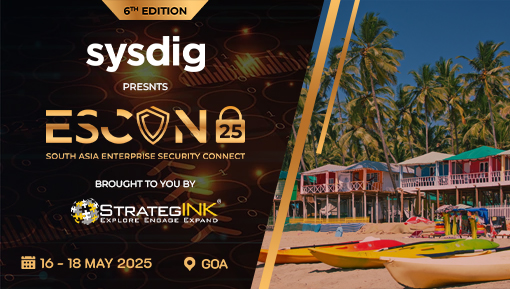
In the evolving landscape of cybersecurity, threat hunting has emerged as a crucial proactive strategy. Unlike traditional reactive measures that respond to detected threats, threat hunting actively seeks out potential threats within a network before they cause damage. This article delves into the essentials of threat hunting, its methodologies, and its importance in fortifying an organization’s cybersecurity posture.
Why Threat Hunt?
Imagine a burglar who bypasses your alarm system. Traditional security relies on the alarm to alert you, but a proactive approach would be to identify weaknesses in your security system and address them before a break-in occurs. Threat hunting adopts this very philosophy.
Here’s why threat hunting is crucial:
- Proactive Defense: It goes beyond waiting for threats to be detected. By actively searching for signs of malicious activity, you can identify threats before they cause significant damage.
- Uncovering the Elusive: Cybercriminals are constantly developing new tactics. Threat hunting helps discover these unseen threats that might bypass traditional security measures.
- Reduced Dwell Time: The time it takes to detect and neutralize a threat is critical. Threat hunting helps reduce this dwell time, minimizing potential losses.
- Enhancing Incident Response: By identifying potential threats early, organizations can respond more effectively, reducing the impact of security incidents
- Continuous Improvement: Threat hunting provides insights into security gaps, allowing continuous improvement of security measures and policies.
The Hunt Begins: How to Get Started
Threat hunting is a process that combines skilled analysts with powerful tools. Here’s a glimpse into the hunting stages:
- Formulating a Hypothesis: The hunt starts with a hunch, be it a specific threat actor’s tactics or a potential vulnerability in your system.
- Gathering Evidence: Logs, network traffic, user activity –– threat hunters meticulously examine data to find anomalies that signal malicious activity.
- Investigating Leads: Suspicious findings are investigated further, piecing together evidence to determine the scope and nature of the threat.
- Remediation and Response: If a threat is confirmed, the incident response team takes action to neutralize the threat and prevent future attacks.
Threat Hunting Methodologies
- Structured Hunting: This method uses a predefined framework and relies heavily on established procedures and historical data. Frameworks like MITRE ATT&CK provide detailed information on adversary tactics and techniques, guiding hunters in their search.
- Unstructured Hunting: This approach is more flexible and relies on the hunter’s intuition and experience. It involves exploring data without a specific hypothesis, often leading to the discovery of novel threats.
- Hybrid Approach: Combining elements of both structured and unstructured hunting, this approach leverages the strengths of both methodologies to maximize threat detection capabilities.
Best Practices for Effective Threat Hunting
- Continuous Learning and Adaptation: Threat hunters must stay updated with the latest threat intelligence and adapt their strategies accordingly.
- Collaboration and Knowledge Sharing: Effective threat hunting involves collaboration among team members and sharing knowledge with the wider cybersecurity community.
- Leveraging Automation: While human expertise is crucial, automation can enhance threat hunting by quickly processing vast amounts of data and identifying patterns.
- Regular Hypothesis Testing: Continuously developing and testing new hypotheses ensures that hunting activities remain relevant and effective.
Sharpening Your Digital Arsenal
Technology plays a vital role in threat hunting. Here are some key tools:
- Security Information and Event Management (SIEM): A central hub for collecting and analyzing security data from various sources.
- Endpoint Detection and Response (EDR): Provides deep insights into endpoint activity, enabling threat hunters to identify suspicious behaviors.
- Threat Intelligence Feeds: Up-to-date information on known threats and attacker tactics, helping hunters stay ahead of the curve.
The Ultimate Goal: Building a Culture of Security
Threat hunting isn’t a one-time fix. It’s about fostering a culture of security awareness within your organization. By continuously hunting for threats, you can significantly improve your overall security posture and make your environment a less attractive target for attackers.
So, are you ready to become a digital detective? With the right approach and tools, you can make your organization a fortress against ever-evolving cyber threats.





